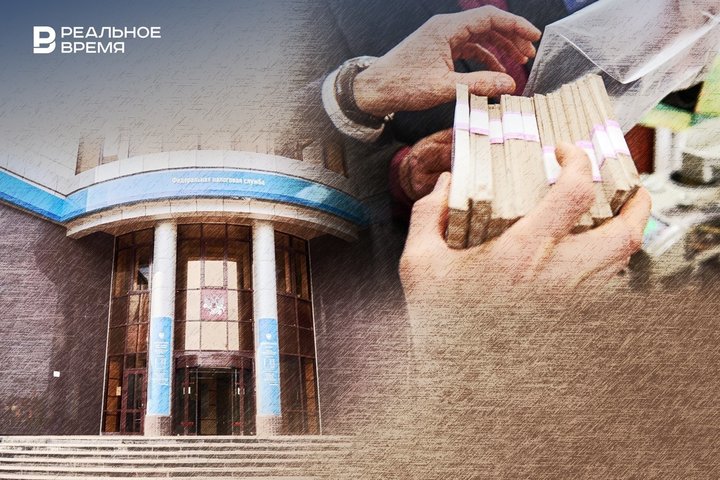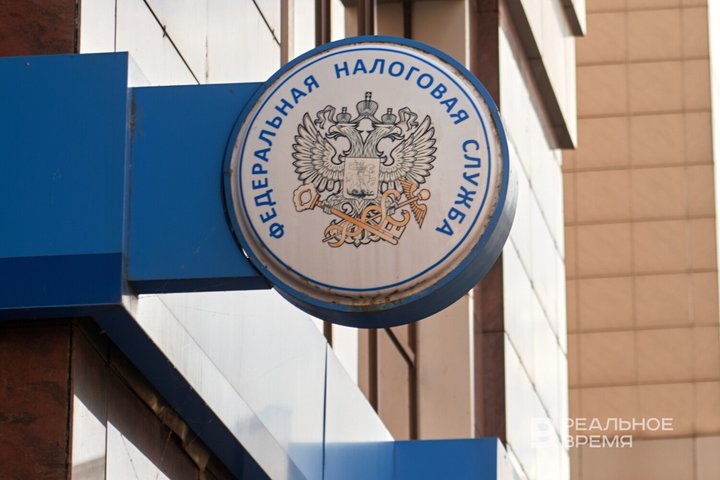Tatarstan ranks second in Volga Region in terms of tax collection from bankrupt enterprises
Experts forecast a rise in business bankruptcies among those unable to “write off” VAT

In Tatarstan, a record sum for the republic — and the second largest in the Volga Federal District — was collected in taxes from bankrupt enterprises, with budget revenues exceeding 5.5 billion rubles in 2024. This figure is 14 times greater than the amount recovered by tax authorities in Mari El, yet a third less than that of the Samara region, according to Realnoe Vremya. More on the details of Tatarstan’s tax authorities’ work with businesses on the brink of collapse, the specific nature of this activity in neighbouring regions, and the outlook for tax revenues under this category in 2025 — read in our report.
Only Samara surpassed Tatarstan’s record
“In 2024, Tatarstan saw a twofold increase in revenues from mandatory payments in bankruptcy cases compared to the previous year,” the Federal Tax Service of Russia for the Republic of Tatarstan told Realnoe Vremya in response to an inquiry. “Revenues amounted to 5.5 billion rubles.”

Tax officials emphasised that the increase in revenues is primarily due to the effective implementation of conciliation procedures. More than 72% of the bankruptcy-related revenues — 4 billion rubles — were the result of settlement agreements aimed at resolving debt issues and avoiding the initiation of bankruptcy proceedings against debtors. Directly through bankruptcy procedures, including the repayment of current payments and debts listed in the register of creditors' claims, 1.5 billion rubles were transferred to the budget.
Among tax collections of this type, only Samara tax authorities outpaced their Tatarstan colleagues in the Volga Federal District — the region’s total in 2024 exceeded 7.92 billion rubles. The most modest result was recorded in Mari El, where budget revenues from bankruptcies fell just short of 0.4 billion.
Samara took the lead, while Mari El ranked last
Budget revenues from bankruptcy procedures in Bashkortostan in 2024 amounted to 3.92 billion rubles — by 30% less than in Tatarstan.

In Perm Krai, a total of 2.68 billion rubles was transferred to the budget and extra-budgetary funds under this category in 2024 — an 8.1% increase compared to 2023 (2.48 billion), including:
- for repayment of current payment arrears — 1.6 billion rubles (in 2023 — 1.3 billion);
- for repayment of debt included in the register of creditors’ claims — 0.12 billion rubles (in 2023 — 0.22 billion);
- for debt settlement during bankruptcy initiation measures — 0.59 billion rubles (in 2023 — 0.64 billion);
- revenues from settlement agreements — 0.36 billion rubles (in 2023 — 0.31 billion).
In 2024, the amount of revenues from mandatory payments in bankruptcy cases totalled 1.07 billion rubles in the Kirov region and 0.92 billion rubles in the Ulyanovsk region (regional tax offices did not provide the publication with more detailed information on the structure of these revenues).
In Mordovia, debt from mandatory payments in bankruptcy cases was repaid in the amount of 0.424 billion rubles (compared to 2023, revenues increased by 37.2 million rubles, or 9.38%).
- for repayment of current payment arrears — 242.5 million rubles;
- for repayment of debt included in the register of creditors’ claims — 89.7 million rubles;
- for repayment of current payment arrears — 242.5 million rubles;
- for repayment of mandatory payments after the authorised body decided to file for bankruptcy but before the first bankruptcy procedure was initiated — 91.9 million rubles.
In Mari El, budget revenues from bankruptcy procedures in 2024 amounted to just 392 million rubles. The increase compared to 2023 was 44% — 272.1 million rubles. In particular, the treasury received:
- for repayment of current payment arrears — 86.3 million;
- for repayment of debt included in the register of creditors’ claims — 70.8 million;
- within the framework of conciliation procedures — 167.2 million.
“It’s all about wealth”

The speaker believes that by the end of 2025, further growth in tax collection under this category should be expected, with a similar regional ranking by volume of these collections. In his view, the process will accelerate because, following tax reform, the tax burden on enterprises has increased, and businesses in certain sectors are experiencing excessive tax pressure, causing some small enterprises to lose out in competitive markets.
“This concerns organisations that work with individuals and are required by law to charge VAT on their services or sales of goods and works, without having anything to deduct. Their service costs automatically increase by 5-7%, while their competitors are exempt from this burden. This effectively affects their profitability… For those obliged to pay VAT, margins decline. Pressure on businesses is also increasing due to potential signs of fragmentation in some organisations, which often leads to companies being declared bankrupt. Unfortunately, not everyone was able to analyse the situation and make the right business decisions in time, including in relation to their taxation system.”

Another expert for Realnoe Vremya, Mikhail Karpov, also points to the level of regional development as a decisive factor influencing tax revenues from bankruptcies.
“In such regions, there is more cash in circulation, people buy more goods and services, and supply is created to meet this demand — business grows,” he explains. “Accordingly, in such regions, a greater number of enterprises go bankrupt, and the companies that go bankrupt tend to be wealthier. They have reserves of fixed assets, and during bankruptcy, the tax authorities seize the majority of these assets.”